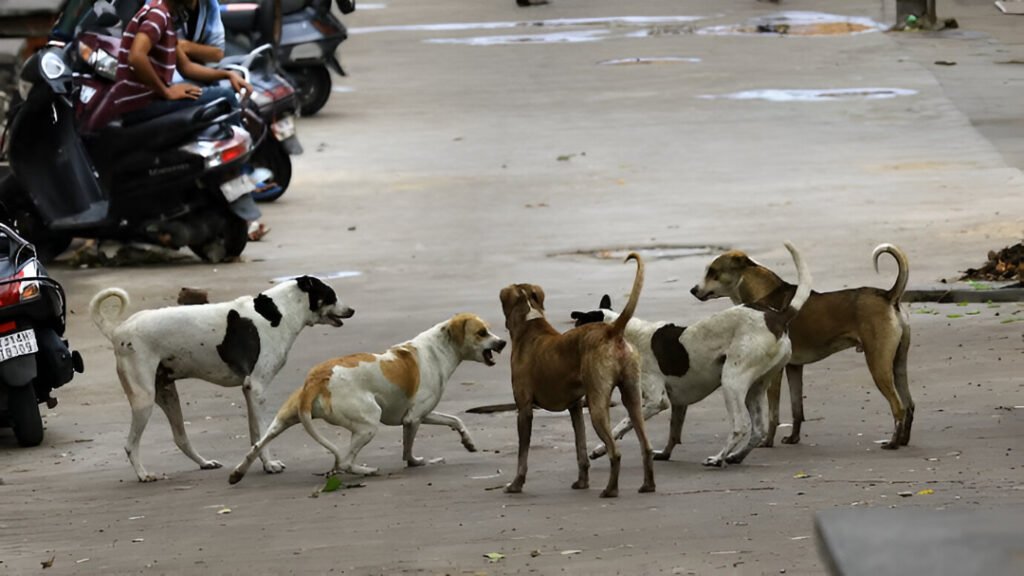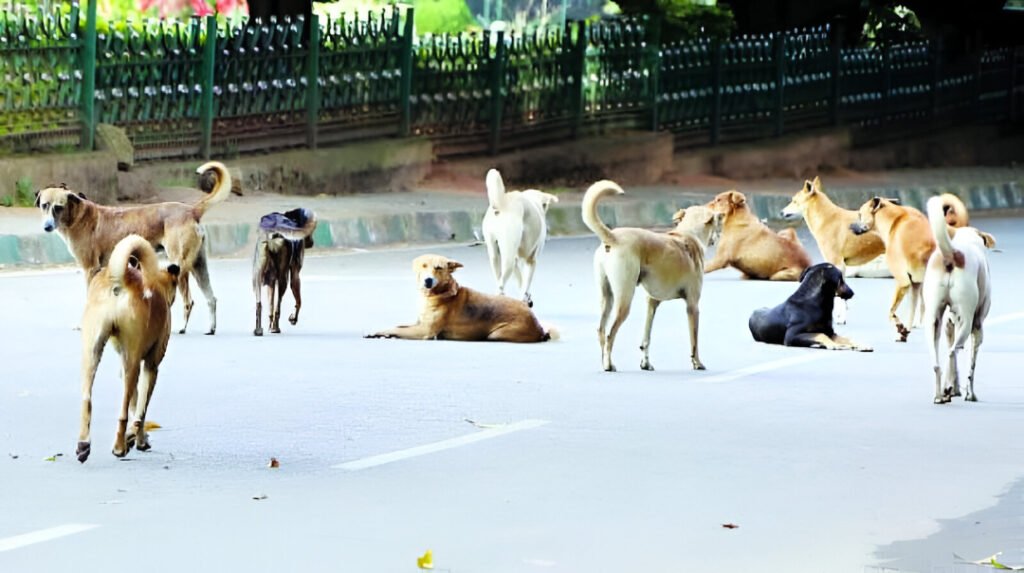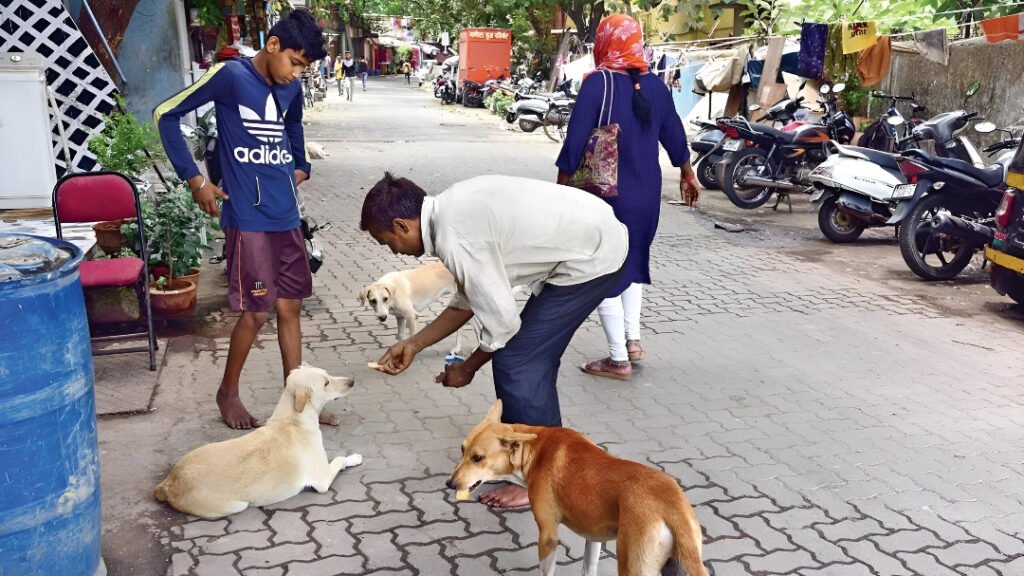The Supreme Court of India has revised its earlier position on Delhi–NCR’s stray dogs, allowing civic bodies to sterilize, vaccinate, deworm, and release community dogs back into their original localities—except those that are rabid or demonstrably aggressive. In doing so, a three-judge bench noted that the August 11, 2025 direction prohibiting release of treated dogs was “too harsh.” The ruling aims to balance public safety, animal welfare, and on-the-ground feasibility after severe pushback against mass relocation to shelters.
What exactly has changed?
- Release after treatment: Dogs picked up by municipal teams must be sterilized, vaccinated, dewormed, and then released in the same locality. The blanket prohibition on release has been lifted.
- Exceptions remain: Rabid or clearly aggressive dogs are not to be released into public spaces. Authorities must prioritize treatment and public safety in such cases.

- Designated feeding zones: The court encouraged structured feeding areas to reduce conflict and littering while allowing compassionate citizens to feed responsibly.
- Toward a national policy: Recognizing that the issue isn’t confined to Delhi–NCR, the Court signalled the need for uniform, nationwide stray-dog management in line with Animal Birth Control (ABC) rules.
Why the rollback?
Experience (on-ground realities): Sheltering all strays at scale was logistically impossible—Delhi alone has large stray populations, and infrastructure, budgets, and trained caregivers are finite. Animal welfare groups, municipal officers, and residents flagged overcrowding risks, disease transmission in shelters, and the impracticality of indefinite confinement. The Court appears to have absorbed this lived reality in its revised, more practicable framework.
Expertise (public health & animal management): Global and Indian evidence supports ABC (Animal Birth Control) with vaccination as the most sustainable method to reduce bites and rabies over time. The court’s pivot aligns with the sterilize–vaccinate–release model, long endorsed by veterinarians, epidemiologists, and animal welfare experts. Importantly, the order targets the risk subset—rabid or violent animals—rather than criminalizing community dogs wholesale.

Authoritativeness (judicial guidance): The bench expressly stated the earlier no-release directive was “too harsh,” restoring legal clarity for municipalities, RWAs, and feeders. The new framework includes designated feeding spaces and a focus on data-driven risk management, giving local bodies a defensible, court-backed protocol to implement.
Trustworthiness (transparency & accountability): The decision responds to documented concerns: a surge in dog-bite and suspected rabies cases, capacity gaps in shelters, and citizen safety. By mandating treatment, structured release, and zoning for feeding, the Court has set measurable checkpoints for municipalities and civil society to track compliance and outcomes.
Implications for Delhi–NCR residents, feeders, and civic bodies
- Residents & RWAs: Expect treated, tagged dogs to return to their territories—a practice that stabilizes packs and reduces new unvaccinated entrants. Escalations involving aggressive animals should be promptly reported to helplines (as local bodies operationalize the court’s directions).
- Feeders & volunteers: Feeders move into designated zones; coordinate with MCD to avoid conflict, ensure cleanliness, and monitor health/behavior of local dogs. Responsible feeding complements ABC by keeping dogs calm and traceable for follow-up vaccinations.
- Municipalities (MCD, etc.): Scale up high-throughput sterilization and anti-rabies vaccination, maintain records, tag/ear-notch dogs, and publish periodic data (bites, rabies vaccination coverage, sterilization numbers) for public accountability. Consider hotline/ward-level response for aggressive-dog complaints and post-bite protocols.

The bigger picture
India’s stray dog population is massive—tens of millions nationally—and Delhi’s estimates run into seven figures. Against this backdrop, the Court’s approach favors population control through sterilization, immunity through vaccination, and conflict reduction through zoning and education over punitive or blanket confinement. It’s an affirmation that humane policy and public safety can coexist when execution is scientific and transparent.
What to watch next
- Clear definitions and SOPs for “aggressive” behavior to prevent misuse, as urged by leading animal-welfare voices.
- Funding and capacity: Whether promised investments translate into more vets, clinics, mobile units, and data systems for ABC.
Metrics that matter: Quarterly reporting on sterilization coverage, vaccination rates, bite incidents, and rabies positivity, so stakeholders can evaluate impact and recalibrate quickly.











